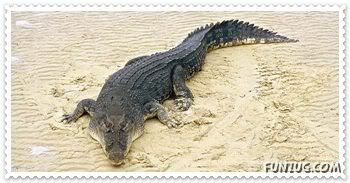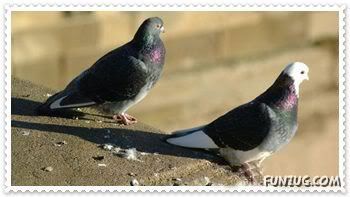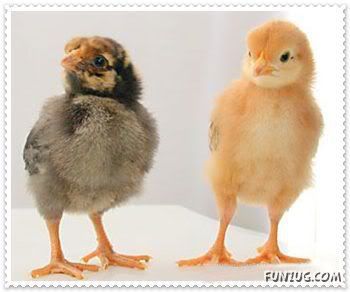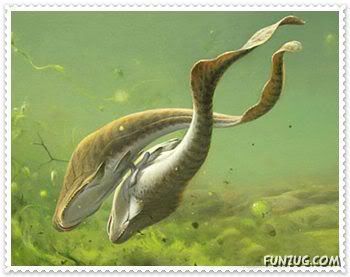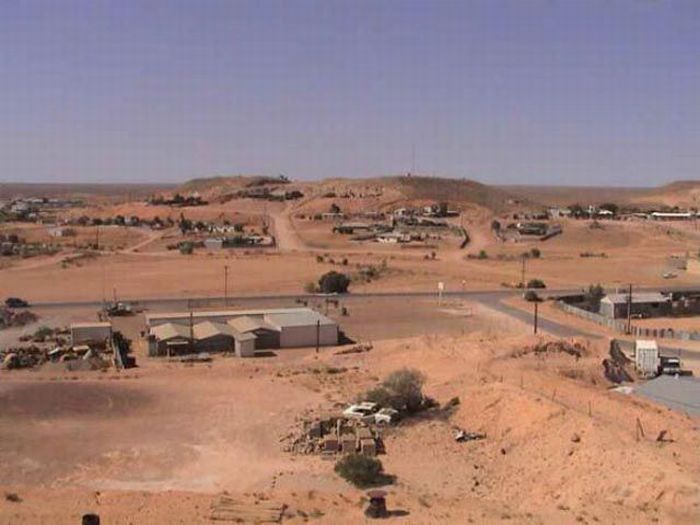The Top Ten Bank Robberies of the 21st Century
Glorified for centuries with characters such as Robin Hood and Butch Cassidy, bank robbers are often portrayed as a more refined class of criminal and often romanticized in movies and novels- perhaps a bit brainier – certainly more intriguing. Here are the top 10 bank robbers of the 21st century:
10. The Agricultural Bank of China Robbery (6.7 Million, 2007)
Executed in China
The largest bank robbery in China’s history occurred in April of 2007 when a cash total of what was equivalent to $6.7 million was embezzled from the Agricultural Bank of China. The robbery was done by two vault managers with the help of two security guards from the branch. Purchasing tickets for the Chinese lottery with money they had stolen (with the intent of winning it and more back from gambling), one manager surprisingly managed it once, but the second manager failed at the second attempt. Soon thereafter other branch managers discovered the missing money and notified police and those involved were arrested. The heist also included 3 other accomplices: a landlord, a cab driver, and a car saleswoman. All accomplices were found and arrested and the two bank managers were later executed for their displays of bank robbing bravado.
9. The 2009 Bank of Ireland Robbery (9 million, 2009)
Millions of dollars scattered across Dublin
February 2009 at the Bank of Ireland in Dublin, the largest bank robbery in the Republic went down. Criminals included a junior bank employee who kidnapped another employee and forced him to remove $9 million in cash from the bank as his girlfriend and two others were held hostage. Seven people were later arrested, all believed to be members of a well-known Dublin gang. €1.8 million of the stolen cash was located the next day, scattered across Dublin, and in 2010 the man who claimed he was held hostage was also arrested on the suspicion that the robbery had been an inside job. A heist with a twist, earning a place higher on the list for almost $2 million more stolen and the extended rouse.
8. Northern Bank ($50 million, 2004)
Bank managers’ families held hostage by gunpoint in Ireland
Coming in at number 8 is the Northern Bank robbery in Belfast, Northern Ireland. It makes a huge leap from number 9 with a mere $9 million stolen against the monstrous sum of $50 million that was taken, mostly in pounds sterling. In December of 2004, the heist was carried out by a large, proficient group of thieves making it one of the biggest bank robberies in British history. On the night before the heist, two different groups of armed men disguised as police visited the homes of two officials of the Northern Bank. Once at the homes, they held the families hostage at gunpoint. The following day when officials were sent to work, some remained with the families being held hostage while others waited until the bank closed and the bank officials gave admittance to other members of the gangs. After the cash was stolen, it was transferred from three different vehicles and family members were shortly released before midnight. With only one person being convicted of money laundering, the investigation is still ongoing and the case remains unsolved.
